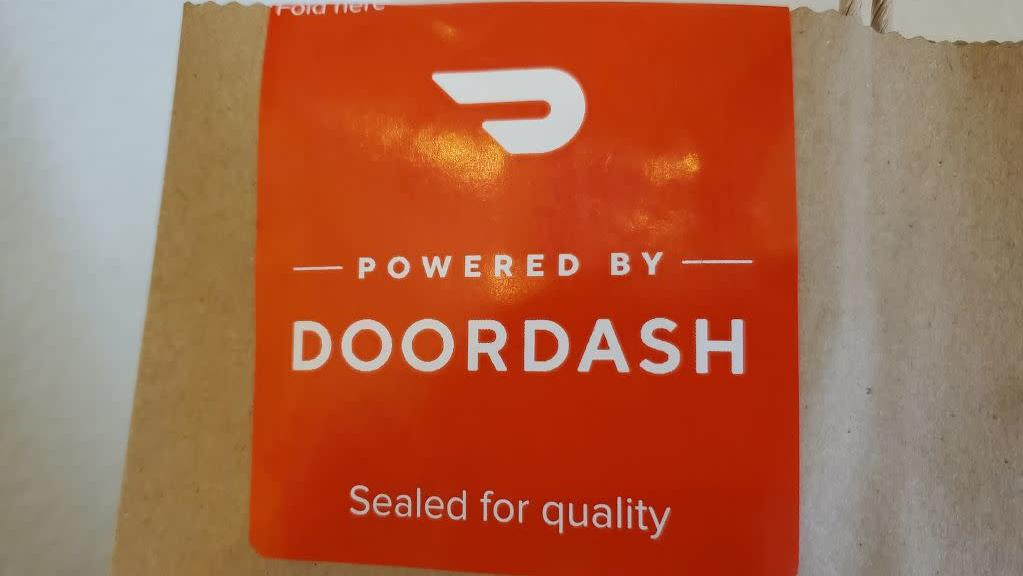Third Party Delivery Apps Make No Money—and They Probably Never Will
In preparation for its upcoming IPO, DoorDash revealed its inner workings to the public last week, and as Shira Ovide at The New York Times put it, "It was mostly not pretty, and it was laced with magical thinking."
DoorDash, it turns out, has been running off of investor capital. Despite the increased demand for delivery this year, it has not been making any money at all. In fact, it continues to lose money. The service survives (and collects more investor money) because it promises that someday—perhaps in the not-so-distant future—it, and its fellow third-party delivery apps, will be able to work efficiently and seamlessly and function as true hubs between the grub and the public. But right now, they're all hot messes. DoorDash is just the only one that has provided us with the numbers. And also a chart that explains its business model:
Apparently all DoorDash needs to become more efficient and customer-friendly and start making some money (so it can maybe stop charging restaurants exorbitant fees?) is... to grow! Hey, it worked for Amazon.
That, Ovide writes, should not be a viable business model. Especially since it seems to rely less on service than on dirty tricks and does nothing to address the factors that currently exist and make DoorDash inefficient: "There are a zillion unpredictable steps from click to a burrito, an Uber driver or Amazon package arriving at your door. It can be made more efficient and less onerous for the people involved, but it will always be a war to your door with consequences for the workers, customers, small businesses, traffic, the environment and more."
Furthermore, the money that is streaming into DoorDash is money that can't be used to develop other food delivery systems—truly effective systems that no one has thought of yet. In the meantime, the best way we can actually help out restaurants is by supporting them directly instead of a third party that just wants to take everyone's money.
